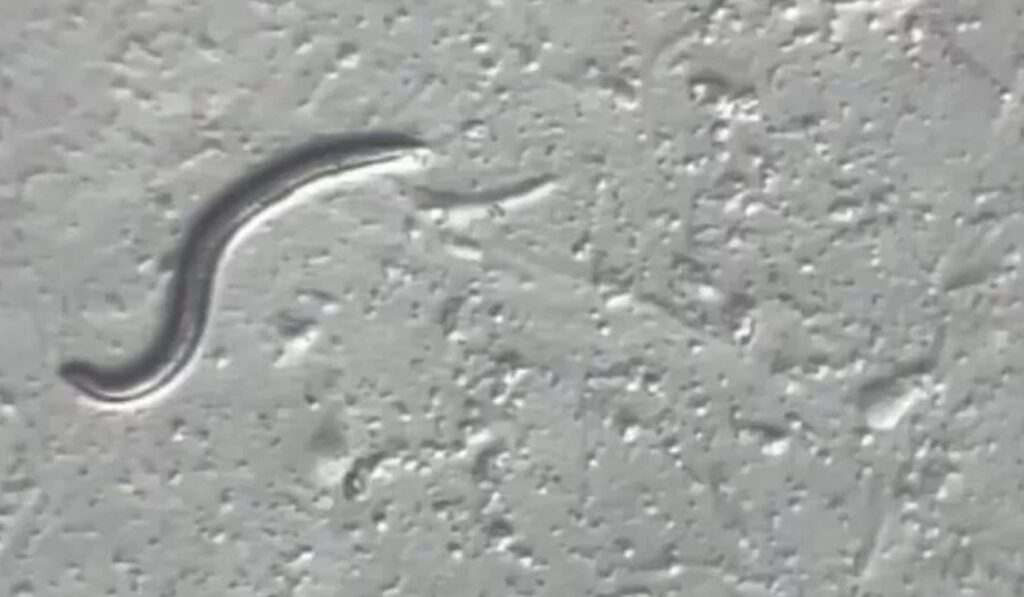A female microscopic roundworm that has been stuck in suspended animation deep in the Siberian permafrost for 46,000 years was finally resurrected by Scientists. The surprising part is that the worm started having wormlets through parthenogenesis, a type of asexual reproduction that allows a single worm to produce young from unfertilized eggs.
The study about this reanimated Rip Van Winkle roundworm laying dormant was published on July 27 in a journal called PLOS Genetics by Anastasia Shatilovich at the Institute of Physicochemical and Biological Problems in Soil Science RAS in Russia, Vamshidhar Gade at the Max Planck Institute for Molecular Cell Biology and Genetics in Germany, among others. Based on the data, the worm spent thousands of years in cryptobiosis, the state of extreme inactivity due to harsh environmental conditions that prevent development, reproduction, and repair in order to survive. Worms and other organisms like bacteria, tardigrades, and brine shrimp can live for a longer period until the conditions are favorable again.

“This work also suggests that fluctuations in the environment also determine the time an organism can remain in a cryptobiotic state,” the authors stated.
The newly discovered species of soil nematode, known as Panagrolaimus kolymaensis, breaks that dormancy record by tens of thousands of years. The frozen soil in which the nematode was excavated came from an ancient gopher hole of around 130 feet below the surface. Scientists then utilized radiocarbon dating to determine the age of the said soil.
“The vast majority of nematode species have not been described. However, it very well could be a commonly occurring nematode that no one got around to describing yet.,” said William Crow, a nematologist at the University of Florida, in The Washington Post article.
Going back in 1936, an old crustacean was found buried in the East permafrost of Russia’s Lake Baikal that lived thousands of years ago. Last 2021, researchers and scientists confirmed that they had resurrected ancient bdelloid rotifers, microscopic multicellular animals, after 24,000 years in the Siberian permafrost.
The former resuscitation record for a nematode was set by an Antarctic species that was revived after just a few dozen years.
Other POP! stories that you might like:
‘The Goodest Boy’: Authorities capture an escaped inmate in Pennsylvania, thanks to a Labrador dog
‘This is why we strike’: Tommy Dorfman opens up about first season pay in ‘13 Reasons Why’
‘Never praised until death’: Morrissey cries foul over Sinéad O’Connor tributes
Study shows Taylor Swift is the most listened-to artist among students with high GPAs